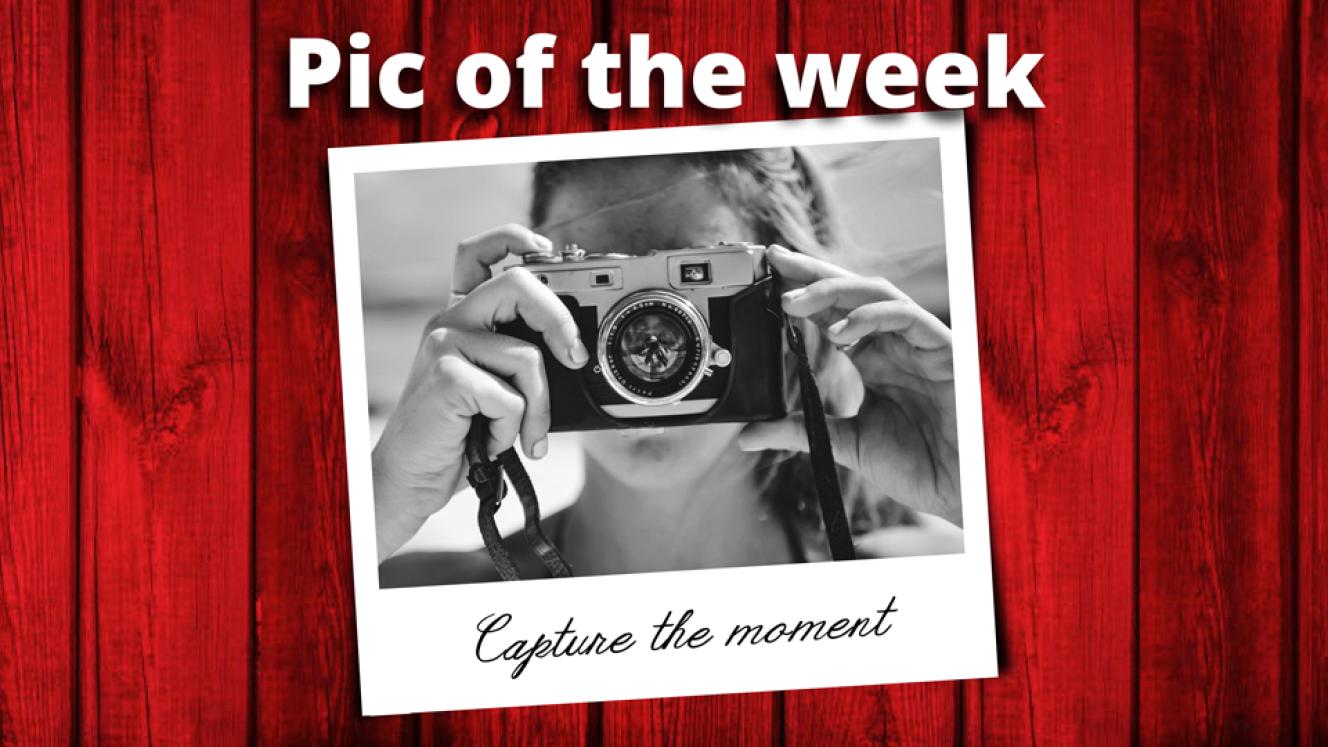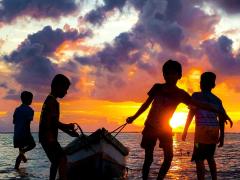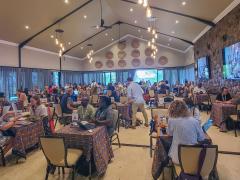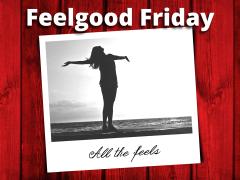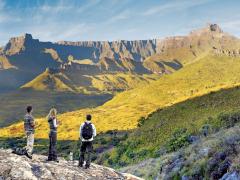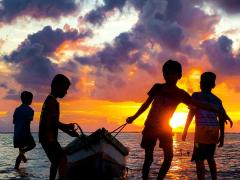The Greatest Wildlife Photographer – Kenya competition has announced its June 2025 selections, spotlighting striking images of Kenya’s biodiversity while raising funds for conservation organisations.
Proceeds from the initiative support key conservation partners including the Elephant Queen Trust, Ewaso Lions, Grevy’s Zebra Trust, Kenya Bird of Prey Trust, Mara Elephant Project and the Pangolin Project.
The competition continues monthly, offering a platform for amateur and professional photographers to contribute to wildlife protection through visual storytelling.
Here are the finalists for June 2025:
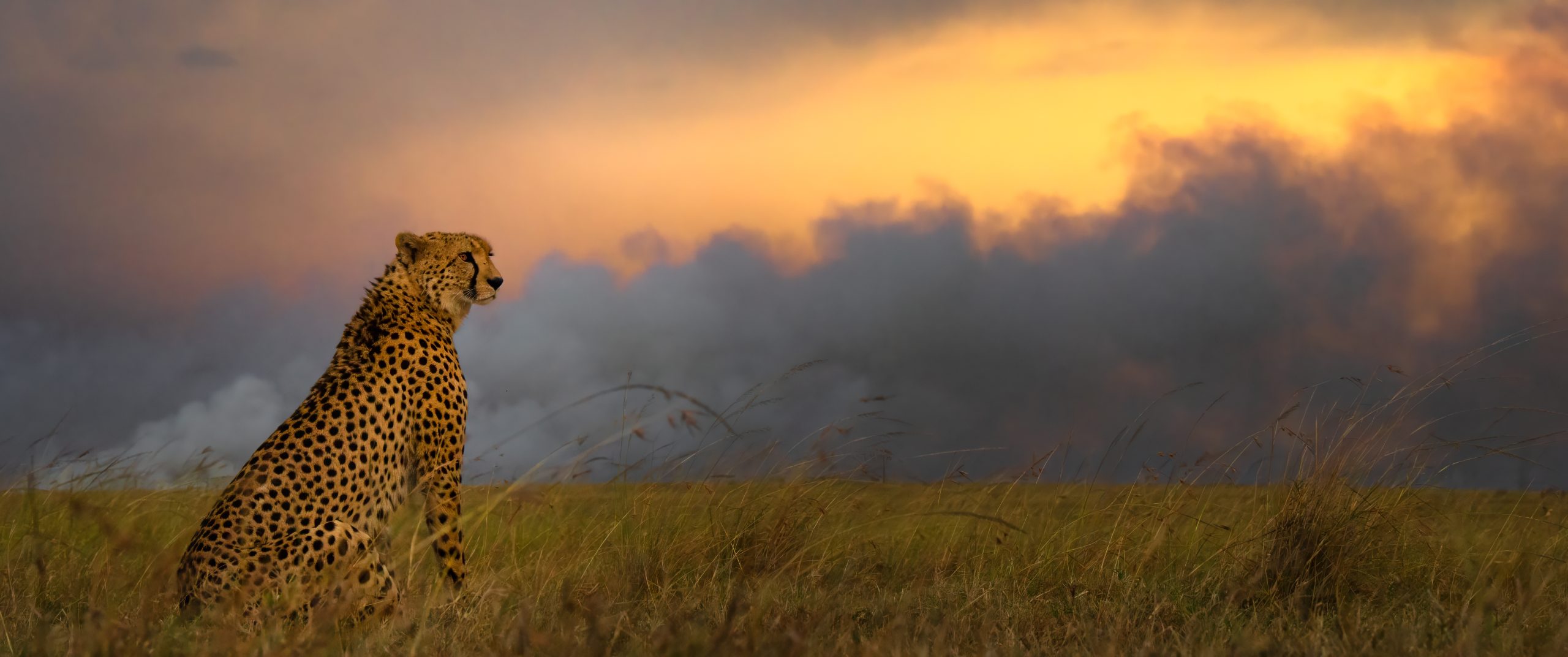
“It was an evening with many exciting elements: a cheetah, sleeping but showing signs of coming activity, nice rays of sun piercing through the evening clouds, the smoke from controlled fires. Unfortunately, none of them aligned perfectly. My guide and I were trying to align the cheetah with the rays of sun piercing but the cheetah wasn’t in the mood and kept lying down. Eventually we gave up and left the scene. In two seconds, our spot was filled with two cars that had perfect alignment from the cheetah and the rays of sun I was hoping for. But then right in front of us, the sky suddenly changed, turning orange during sunset. With the smoke in front, it was even better than the composition I originally had in mind!
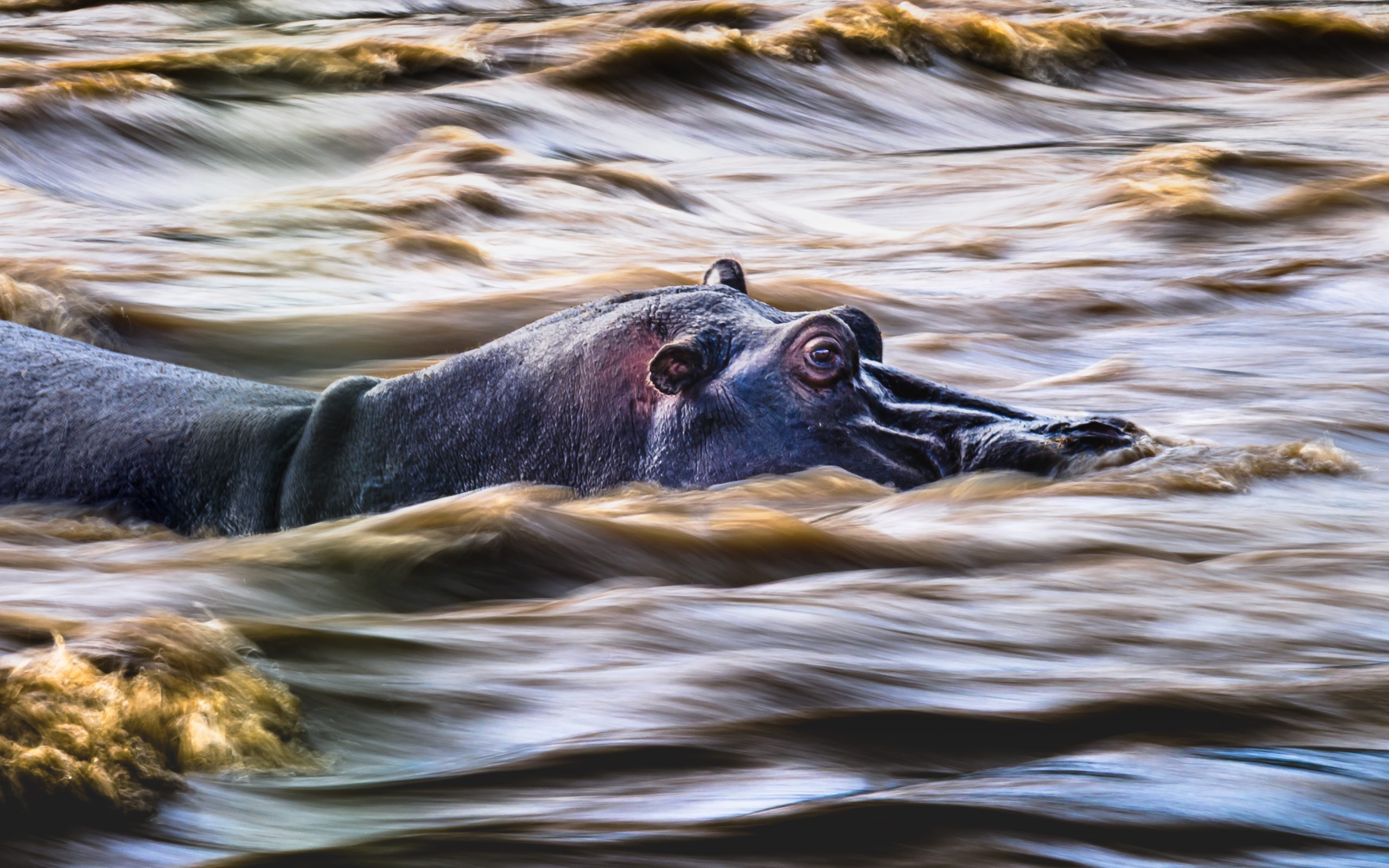
“What caught my eye was the tension, this huge hippo pushing through fast-moving water, with just its eyes and ears above the surface. You could feel the power of both the animal and the river. I wanted to show that motion, not freeze it. I went with a very slow shutter speed to blur the water and keep that sense of movement. I braced myself tight, held steady and waited for the moment where the hippo paused just enough for me to catch some detail in the face while everything else swirled around it. The biggest challenge? Getting that one clean frame where the hippo was sharp enough, but the water still looked alive. At that shutter speed, even a small shake can ruin the shot. It took a few tries, but once it lined up, I knew I had something different. It wasn’t just about the hippo, it was about showing what it takes to move through that kind of force. A quiet moment, inside chaos.”

“At sunrise in Mara North, the day began with quiet silhouettes and soft golden light. A gathering of grey crowned cranes and storks perched in stillness until the morning stirred them. One by one, they stretched, took flight and left their roost, lifting gracefully into the new day. A gentle reminder that every dawn carries its own rhythm of life.”
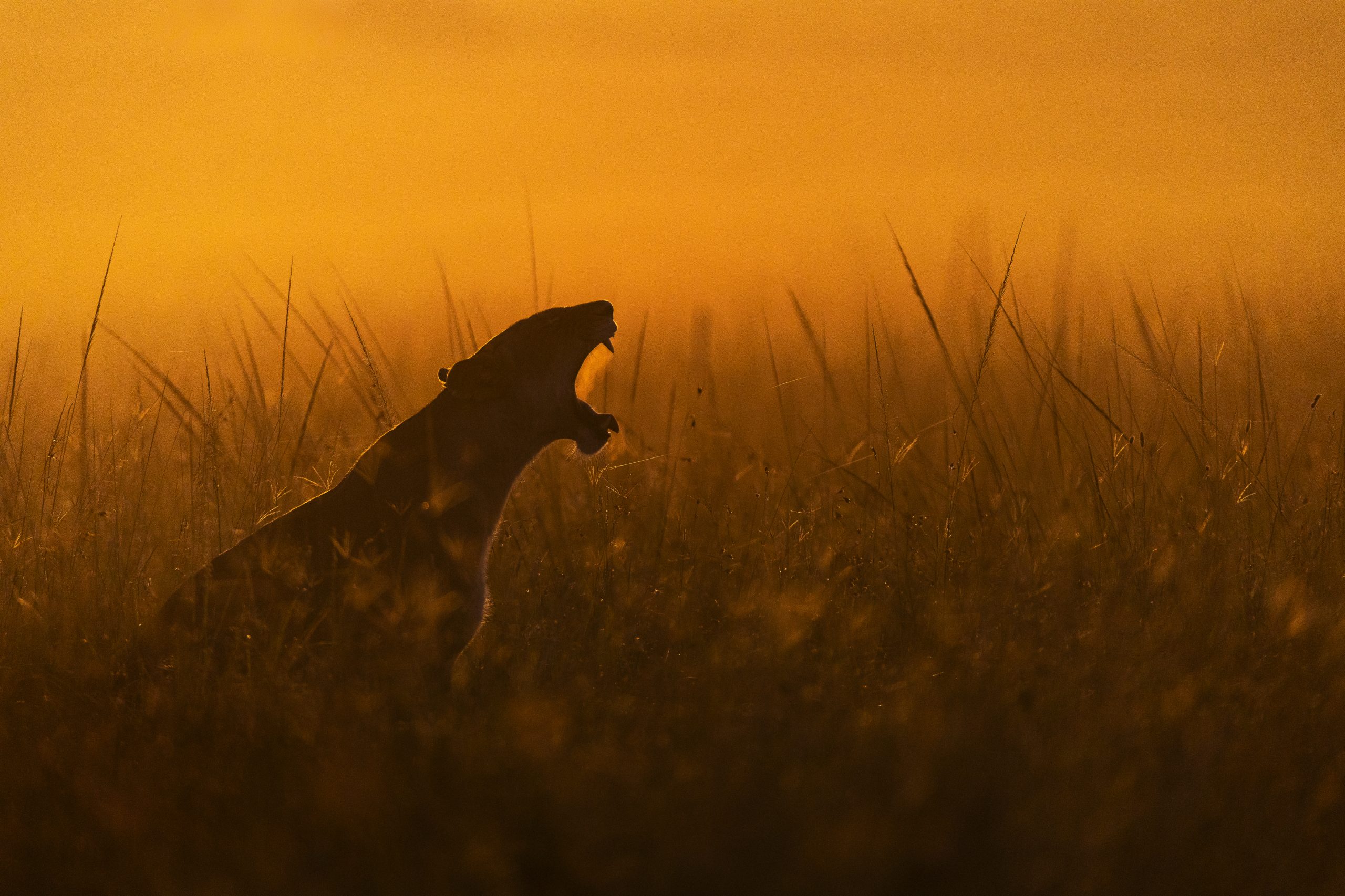
“We left camp early and set out to find the Rongai Pride hoping that we would get to them in good light and that we did. The sun was rising when we bumped into the first members of the pride. In this case a female on the move clearly looking for the rest of the pride. The grass was tall so I decided to go for a backlit shot. The yawn gave me that perfect opportunity.”
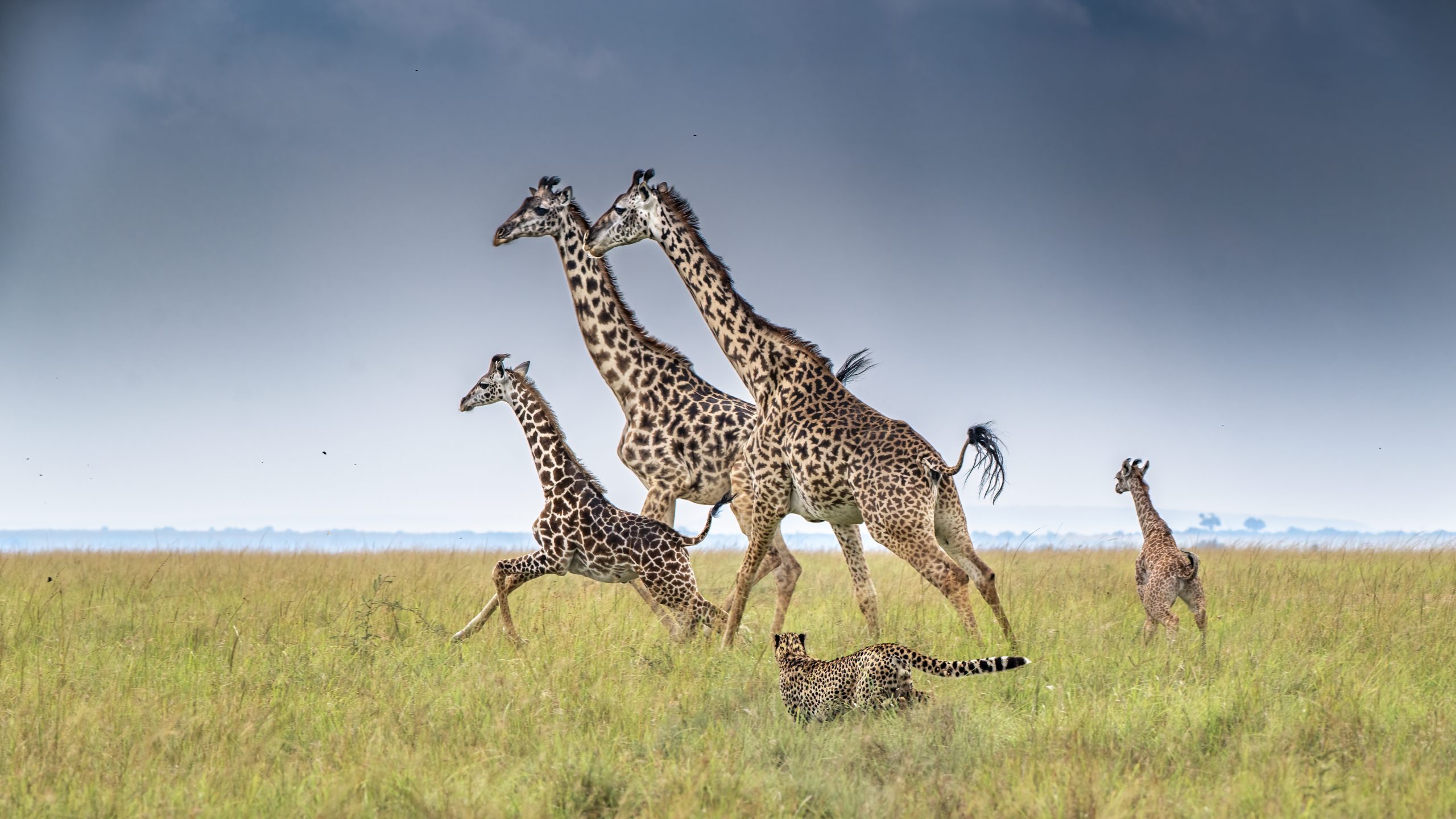
“We had been following a young male cheetah named Oloti for much of the morning as he tried to find prey. Whilst still following him, we noticed a herd of giraffe with a few calves a few hundred metres away, and as Oloti had retreated to the shade of a bush, we decided to go and photograph the giraffe instead. The light was difficult. I was not really concentrating on what was going on around me and got quite a fright when the cheetah who was a few hundred metres away from us just minutes before, was now running full speed toward us. Our initial reaction was to look around for a gazelle or something small that perhaps we had missed in the long grass but which the cheetah had seen. But as the cheetah passed our car at full speed, we suddenly realised that in fact the cheetah was making a determined effort to get himself a baby giraffe. By this time, the adult giraffe had seen the cheetah running towards them and had started to run towards their calves. It was an incredible scene. The cheetah’s attempt appeared to be so futile and dangerous. One would think he had little to no chance of success. Yet he tried. Reaching for the stars.”
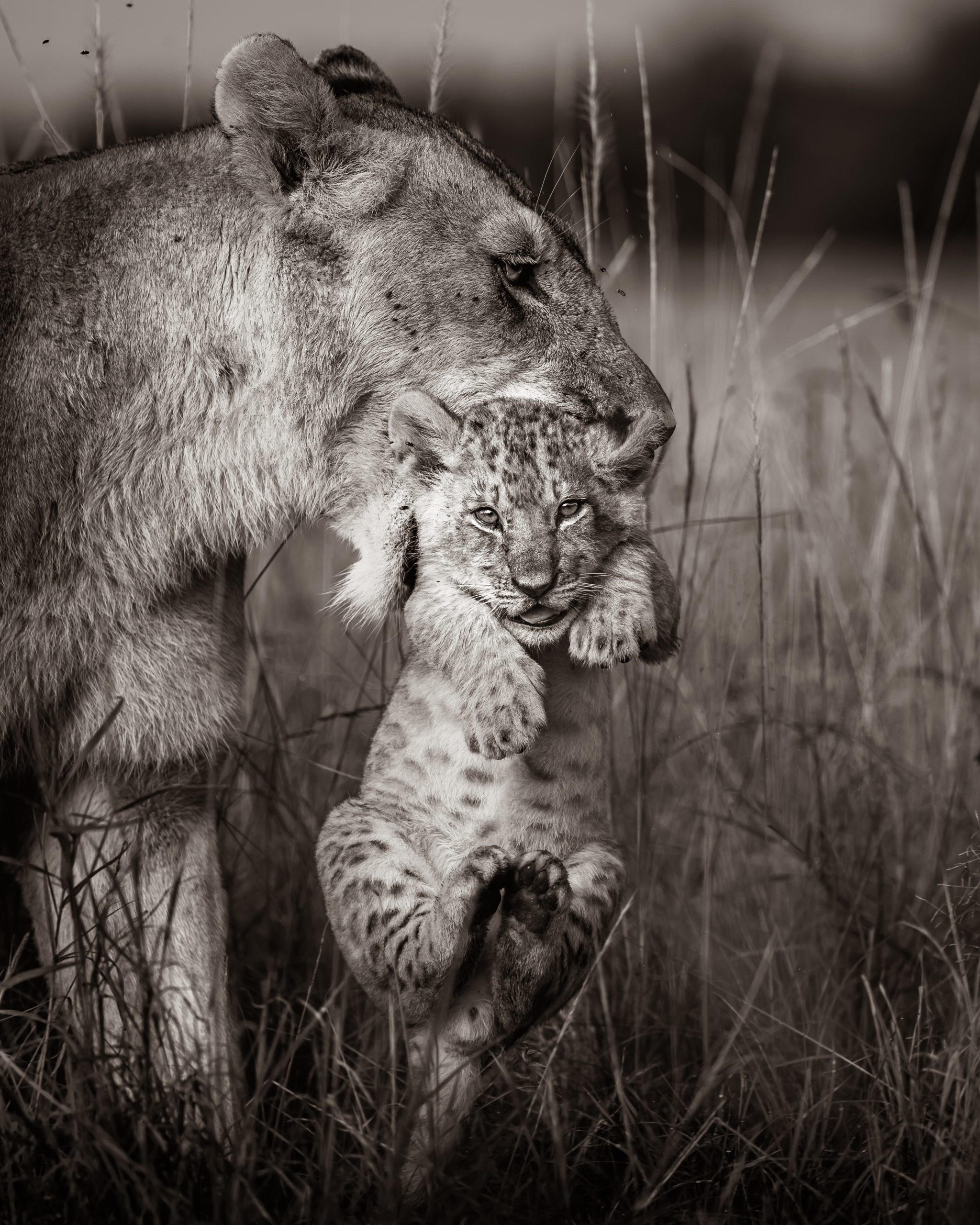
“What caught my eye was just how carefully she was carrying that cub. The way he dangled there, but still locked eyes with me, it was one of those quiet, powerful moments that just stops you. I was in the Maasai Mara and had my camera mounted low in a monopod with a remote shutter release so I could shoot from a low level. I wanted that intimate perspective, like you’re right there in the grass with them. As she moved past, I stayed low and tracked her slowly, waiting for the cub to glance my way. Light was soft, which helped, and I used animal eye focus to make sure the cub’s eyes were tack sharp. The toughest part was staying steady while tracking her movement. But the moment lined up, the light held, and the cub gave me that look. It was over in seconds, but I knew right away it was something special.”
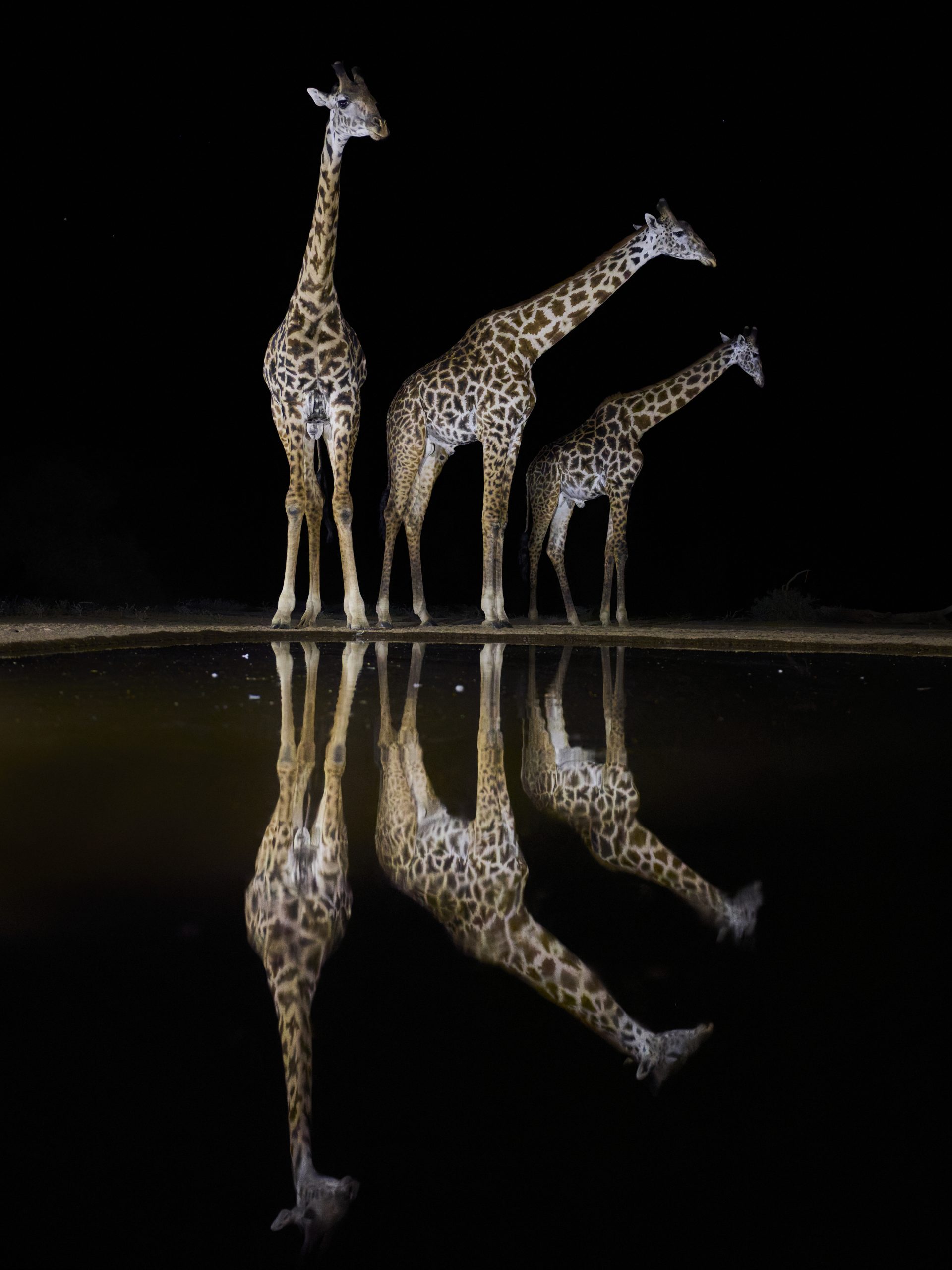
“From an underground hide overlooking a waterhole, I was able to capture this intimate behaviour of three giraffes positioning themselves for a drink of water. The extremely shy nature of these magnificent animals is on full display, as they approach the waterhole with maximum caution. With danger ever present, they edge closer and closer, pausing constantly to make sure it’s safe to assume their vulnerable drinking position. This image captures that moment when all three giraffes are on the cusp of finally lowering their bodies down to drink. In perfect synchronicity their outstretching necks arc down to the waterline like the hands of a clock, continuing through the water in a near perfect mirror reflection. What I also love about this image is the lack of background distractions. Shooting at night with minimal lighting, the rich black background brings an unprecedented intimacy to the image. This simplicity compels the viewer to focus entirely on the animals without distractions. You can really gain a sense of their vulnerability and you can’t help but be drawn into their world.”
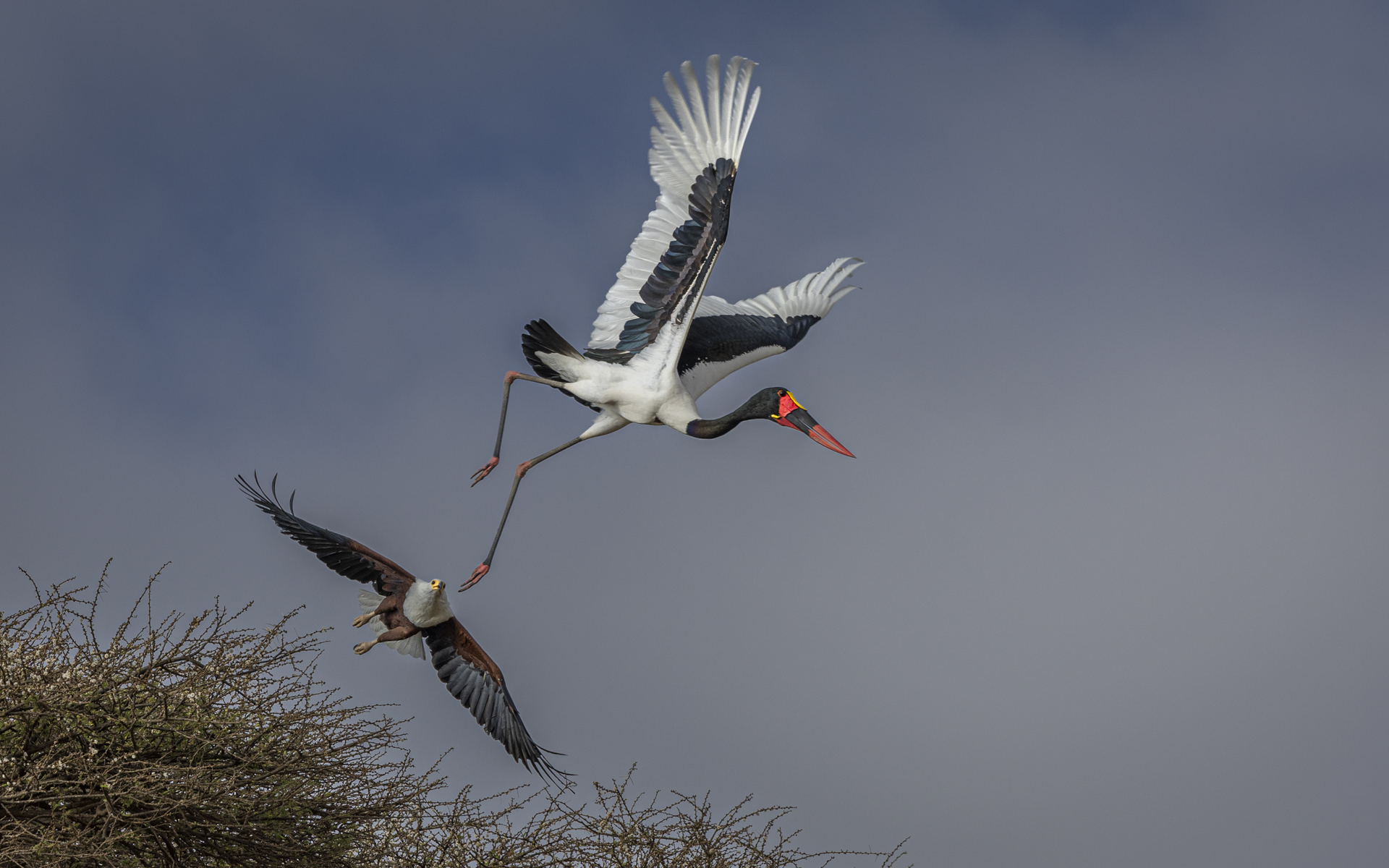
“Whilst driving in search of bull elephants we noticed an African fish eagle at the side of the road trying to fly off with a branch of a tree. As it was such an unusual sighting we stopped to watch as the eagle struggled under the weight of the branch. That’s when out of nowhere we saw two saddle billed storks having an aerial duel with another fish eagle. One of the storks landed on top of the tree and we could hear the plaintive sounds of the chicks. The stork tried to bravely hold its ground and protect the nest under repeated attacks from one of the eagles. However, in the end it was the fish eagle which prevailed as it fiercely chased the saddle-billed stork off its nest and took flight. It was a rare and dramatic territorial encounter.”
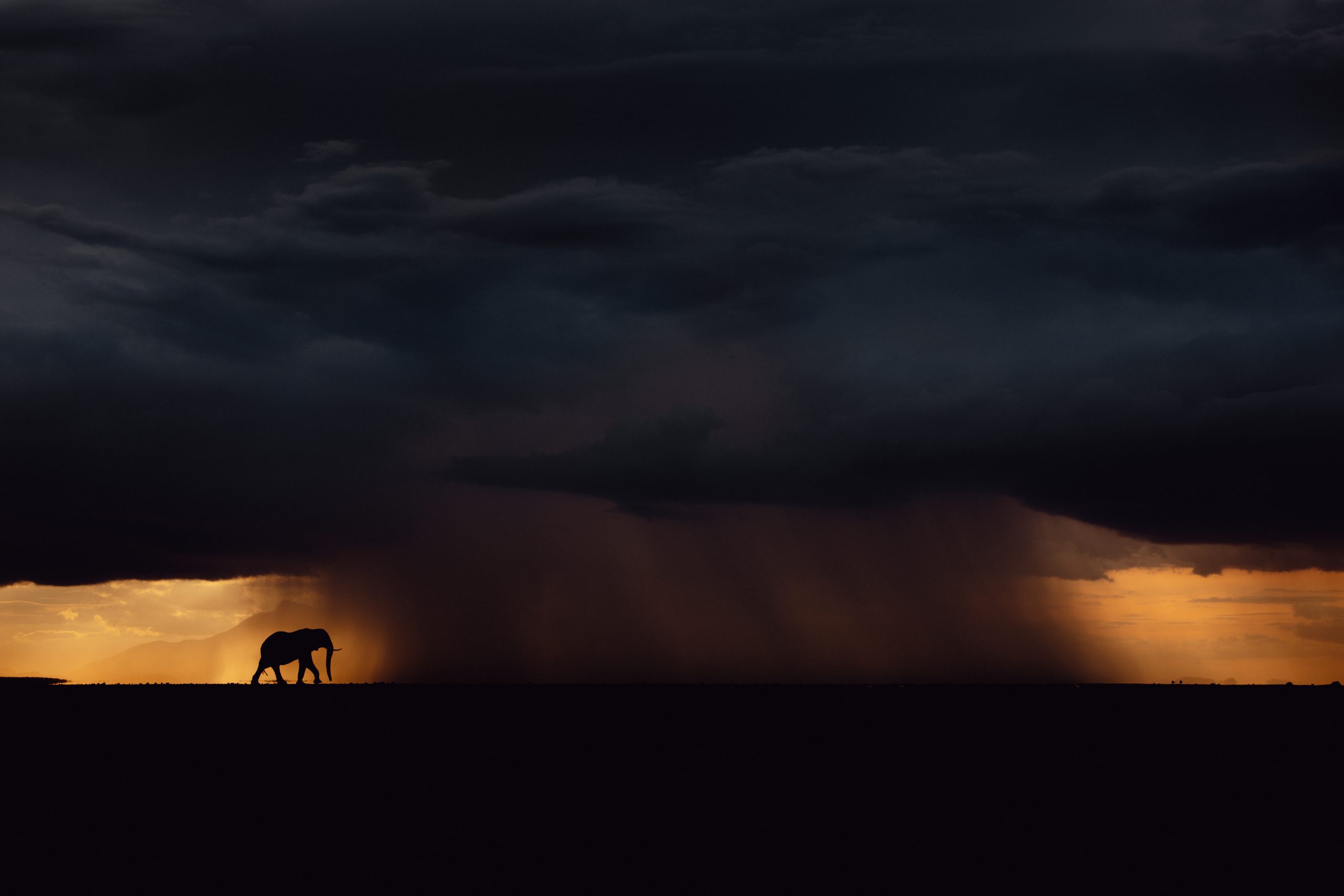
“Nomadic, unsheltered, exposed to the elements. A non-stop quest for water, day-in, day-out while leaving footprints behind that are instantly swept away by the wind. That’s the life of an elephant in Amboseli. On this particular afternoon, sudden clouds were blown in from the northwest, making this majestic lone bull elephant appear insignificantly small. For three years I had been envisioning this image, making sketches in my mind and dreaming up compositions and light. But when it finally happened while sitting on the ground next our vehicle on the dried Amboseli lake-bed, with a 180bpm pulse, taking it all in, it hit me more than expected. Everywhere across the world, the wild is vanishing in front of our eyes as animals and people compete for land, water and food. The fact that such monumental sights still exist, in between all those ever-decreasing wildlife populations is something to protect, to cherish and to celebrate. This image is a tribute to that. Minutes after taking this photograph and after a nine-month long window without a single drop of rain, the skies opened and started pouring. What a relief.”
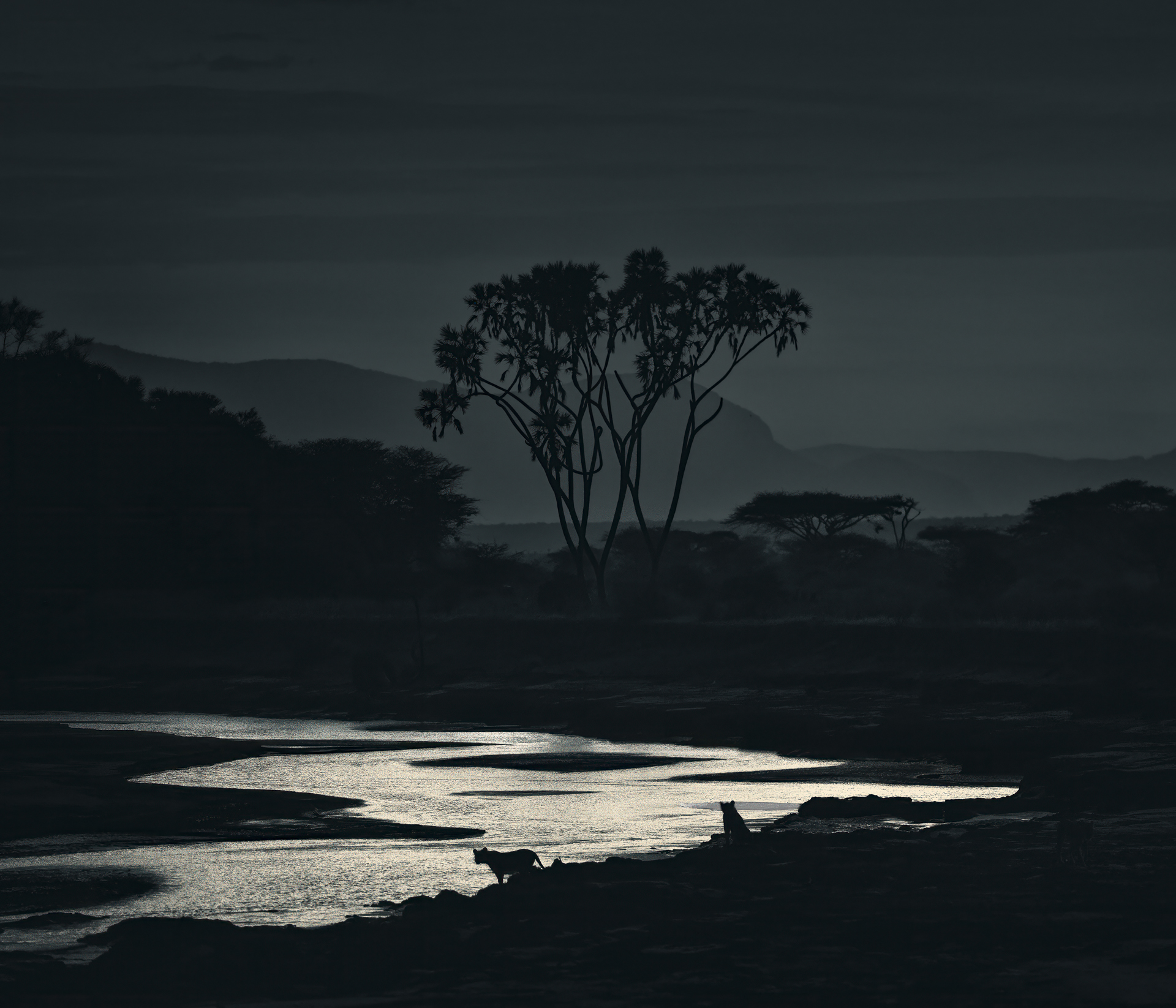
“As the last glow of dusk slipped behind the mountains, the stillness broke. The lion pride, hidden all day in the shade, stirred to life. One by one, they approached the river to drink, silent shadows in a world turning dark. Thought the night had swallowed the colours, their silhouettes remained, etched against the silver thread of water. I could barely see them, but I could feel their presence: powerful, poised and patient, as the wild prepared for nightfall. The palm tree stood silent: watching, always watching. To reflect the quiet transition from dusk into night, I used subtle split toning in monochrome, cooling the shadows and gently warming the highlights. This treatment allowed me to preserve the essence of twilight while deepening the atmosphere, guiding the eye into the stillness of the scene. It is not just a record of what I saw, but a distillation of what I felt in that liminal hour between light and dark.”
